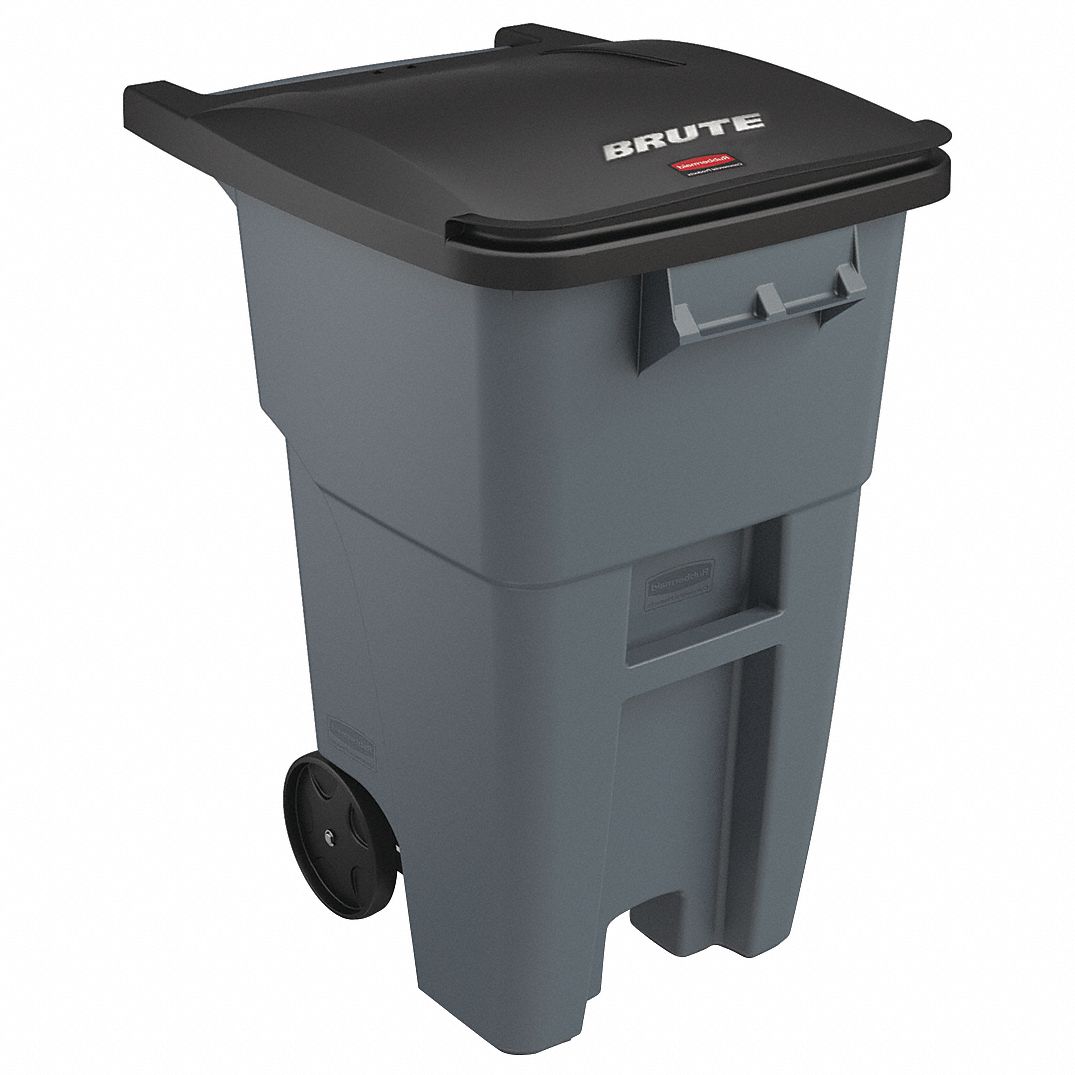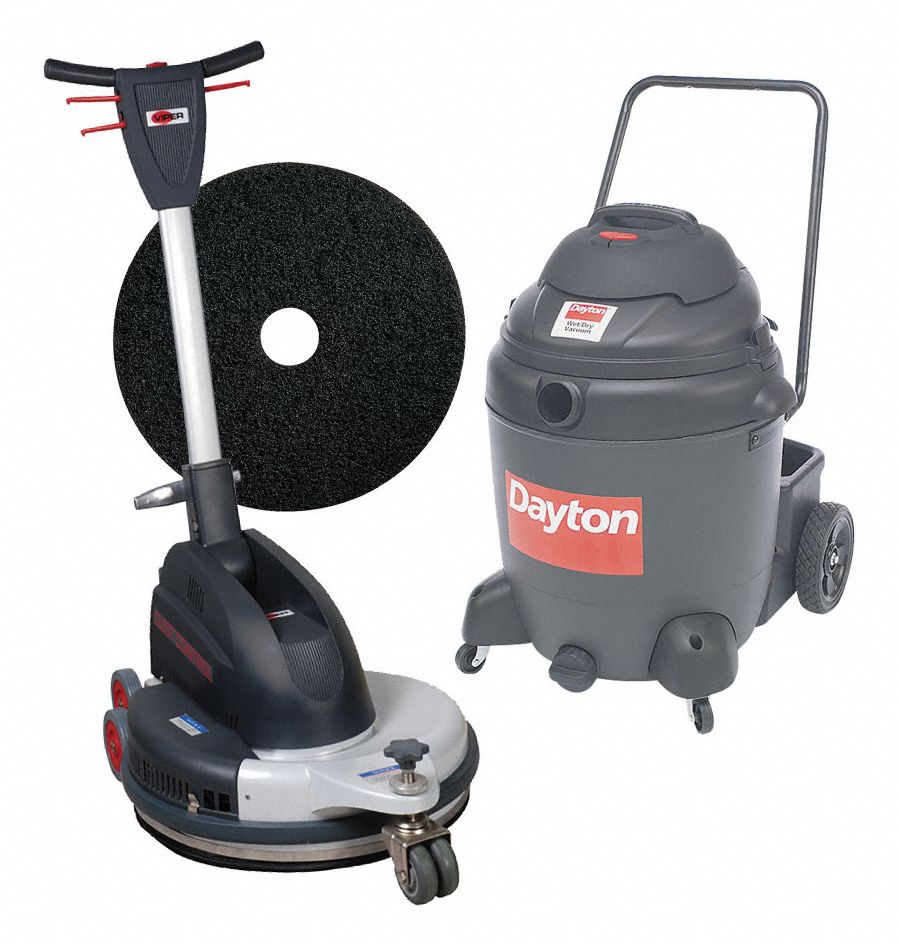

Office Ergonomics Choosing an Adjustable Desk
By Grainger Editorial Staff 12/13/21


When many offices closed in March 2020 to help slow the spread COVID-19, millions of employed American workers took their jobs home. A Pew Research Center study revealed that 71% of these people were still working remotely 18 months later. While many believe, according to Apollo Technical, they are more productive in their remote setups, others are challenged to find dedicated work spaces that encourage productivity, proper ergonomics and overall health and well-being.
Ergonomic Challenges of WFH
Instead of using a company-provided workspace, home workers sometimes end up at a dining room table, recliner or sofa for part of the workday. As MidAmerica Orthopaedics points out, doing the repetitive tasks of office work in workspaces not built for those tasks can contribute to repetitive strain injuries such as carpal tunnel syndrome and tendinitis. Those risks increase over time, and a survey cited by the Society for Human Resource Management found that 45% of workers who transitioned to home-based work during the pandemic are working more hours than before. Introducing flexibility into the work environment is one way to mitigate potential injury and health issues caused by repetitive tasks and inactivity. According to UCLA Health, it's best for more sedentary workers to incorporate a combination of sitting and standing throughout the day. A healthier, more ergonomic work setup allows a worker to change postures regularly. One option for this is a sit-stand desk, also called a sit-to-stand desk or adjustable work station.
5 Considerations for Choosing an Adjustable Desk
There are many sit-stand workstation options available in a variety of configurations and price ranges. Here are five things to consider before purchasing adjustable work stations.
1. Height Range: If the desk will be used for both sitting and standing, the height range will need to accommodate both positions comfortably. According to The Mayo Clinic, when seated, chair height should be adjusted so knees are level with hips, and the monitor should be about an arm's length away. Hands should rest comfortably at or below elbow level. When standing, the top of the monitor should be just below eye level. If the work station will be used by more than one person, the height range will need to factor in proper ergonomics for all users.
2. Size and Depth: Most stand-up desks on the market today are approximately 30 inches deep. There are some smaller options if space doesn't allow for this depth. If the desk surface only needs room for a laptop and not several monitors, for example, a more compact desk might do the job. Taking the time to inventory all of the items needed throughout a work day will help determine the amount of surface area needed.
3. Weight: First, check how much weight the desk can bear in the product specifications. If the desk needs to support heavier equipment, it must be able to bear that weight. Another consideration is the desk's weight itself. If the desk needs to be portable, it should be light enough so that one person can move it easily.
4. Functionality: Some adjustable desks and desk converters work using a pneumatic tab under the surface to adjust the height up or down. Other models feature electrical switches to adjust the height, so they require a power source nearby. Manual tables have a crank to move the surface up and down. There are also models that can be programmed for specific users.
5. Price: The right workstation is an investment in employee health and productivity. Convenience, functionality and desk material will impact the price. Prioritize which features are the most important for the workspace and that will help determine the right price range.Whether working remotely from home, working in an office or hybrid, employers and employees should consider the benefits of introducing more flexibility to work stations. Moving around is better for overall health and well-being. Including more options for a work-from-home setup can help prevent the stress and strain to our bodies caused by repetition and limited movement.
Grainger offers a variety of adjustable height desks and tables for your remote work space.
![]() More SAFETY knowhow for you
More SAFETY knowhow for you

Safety Management
Tips for Dealing with Power Tool Vibration
Too much exposure to vibration from power tools can lead to numbness, tingling and more serious conditions. Learn to gauge how much exposure is too much, and find some ways to help mitigate the vibration.
The information contained in this article is intended for general information purposes only and is based on information available as of the initial date of publication. No representation is made that the information or references are complete or remain current. This article is not a substitute for review of current applicable government regulations, industry standards, or other standards specific to your business and/or activities and should not be construed as legal advice or opinion. Readers with specific questions should refer to the applicable standards or consult with an attorney.
















